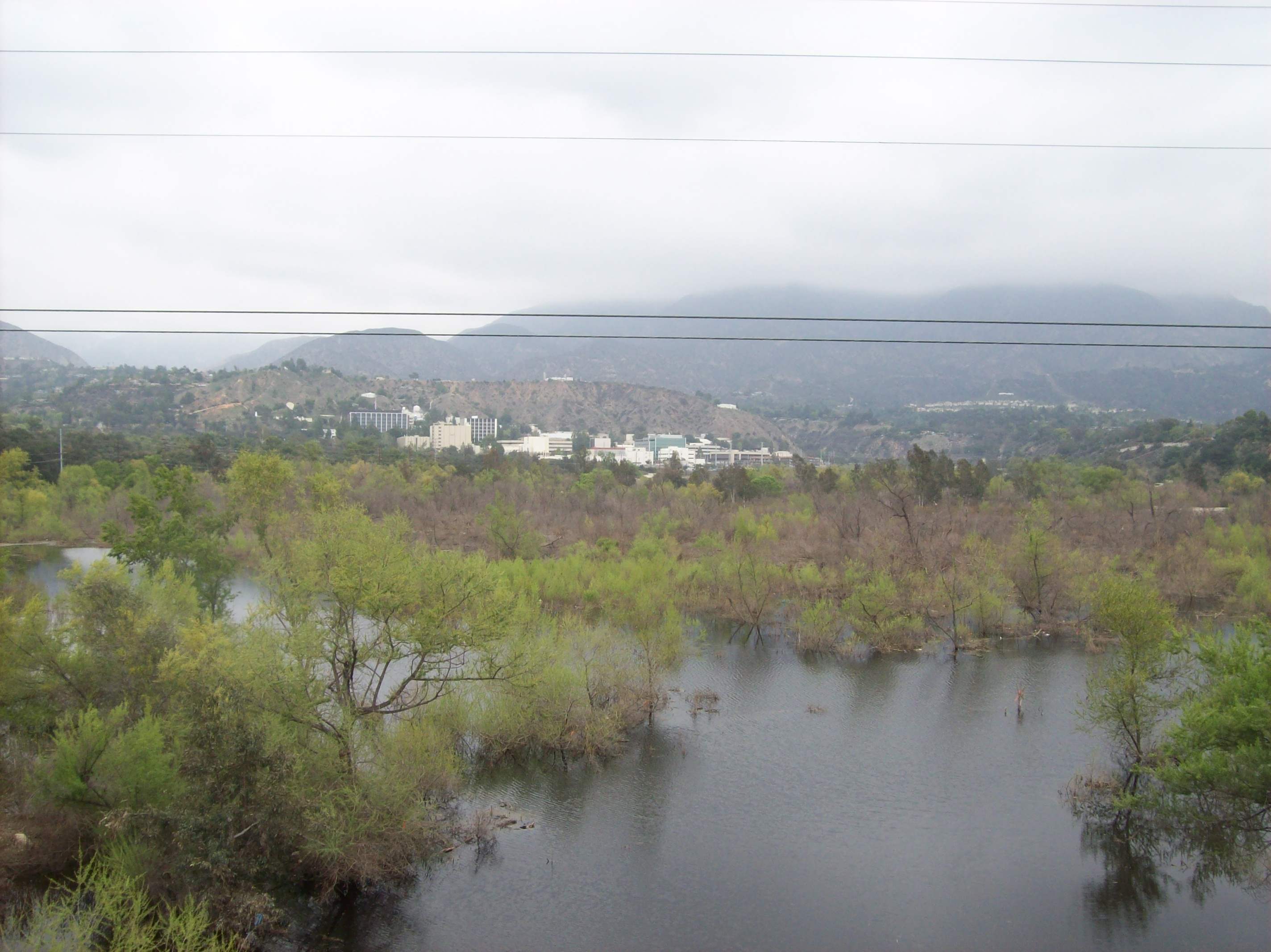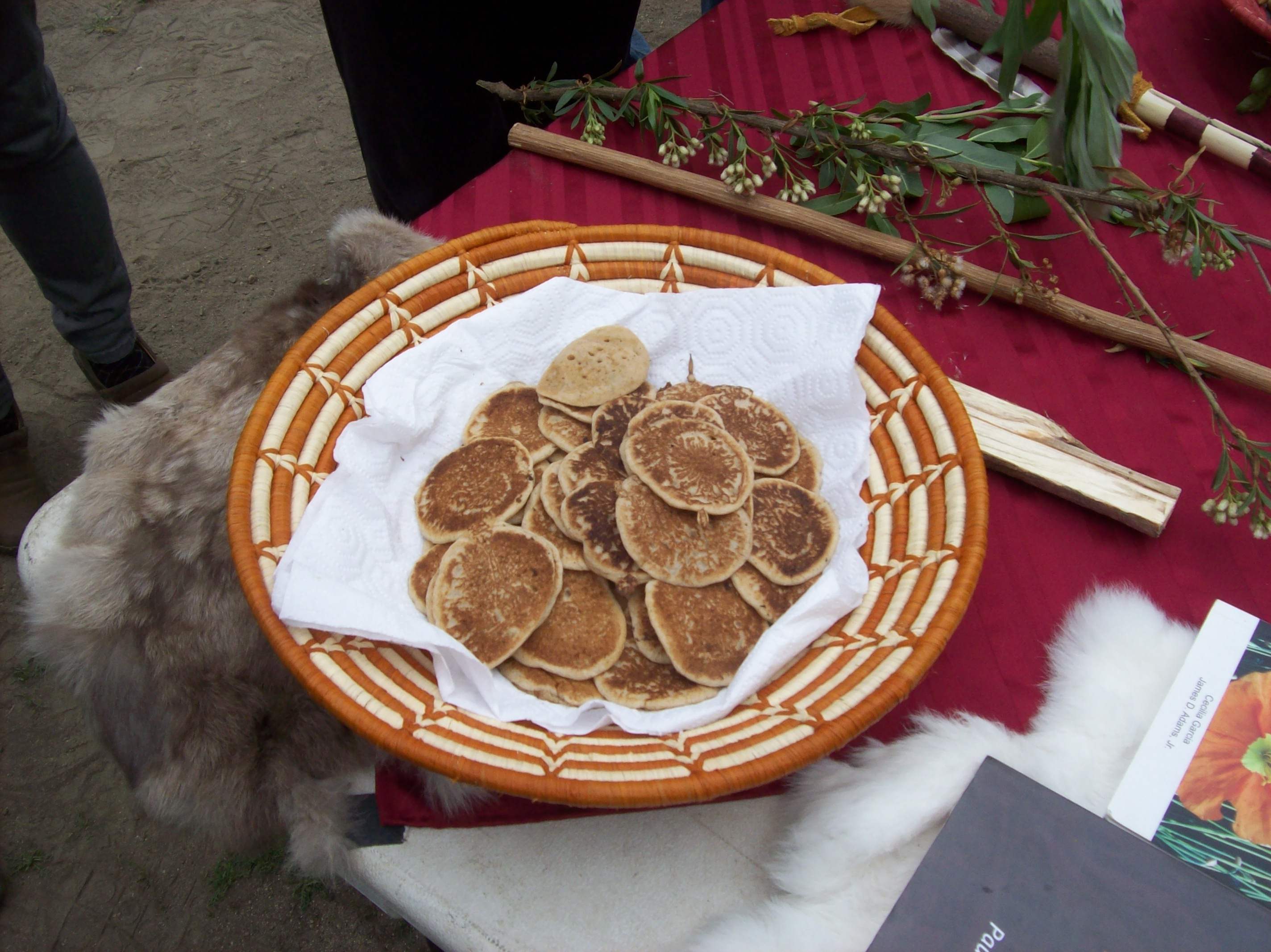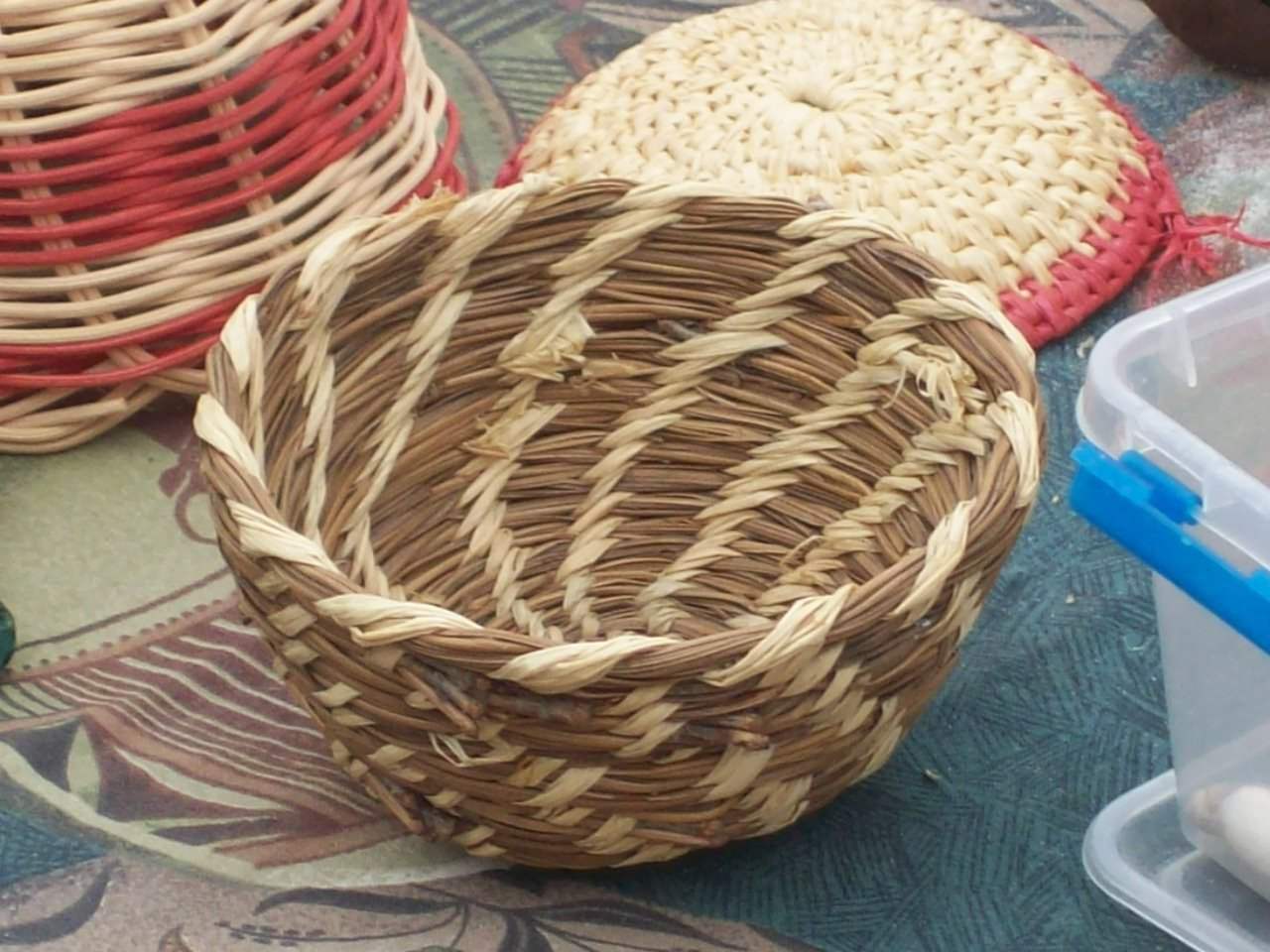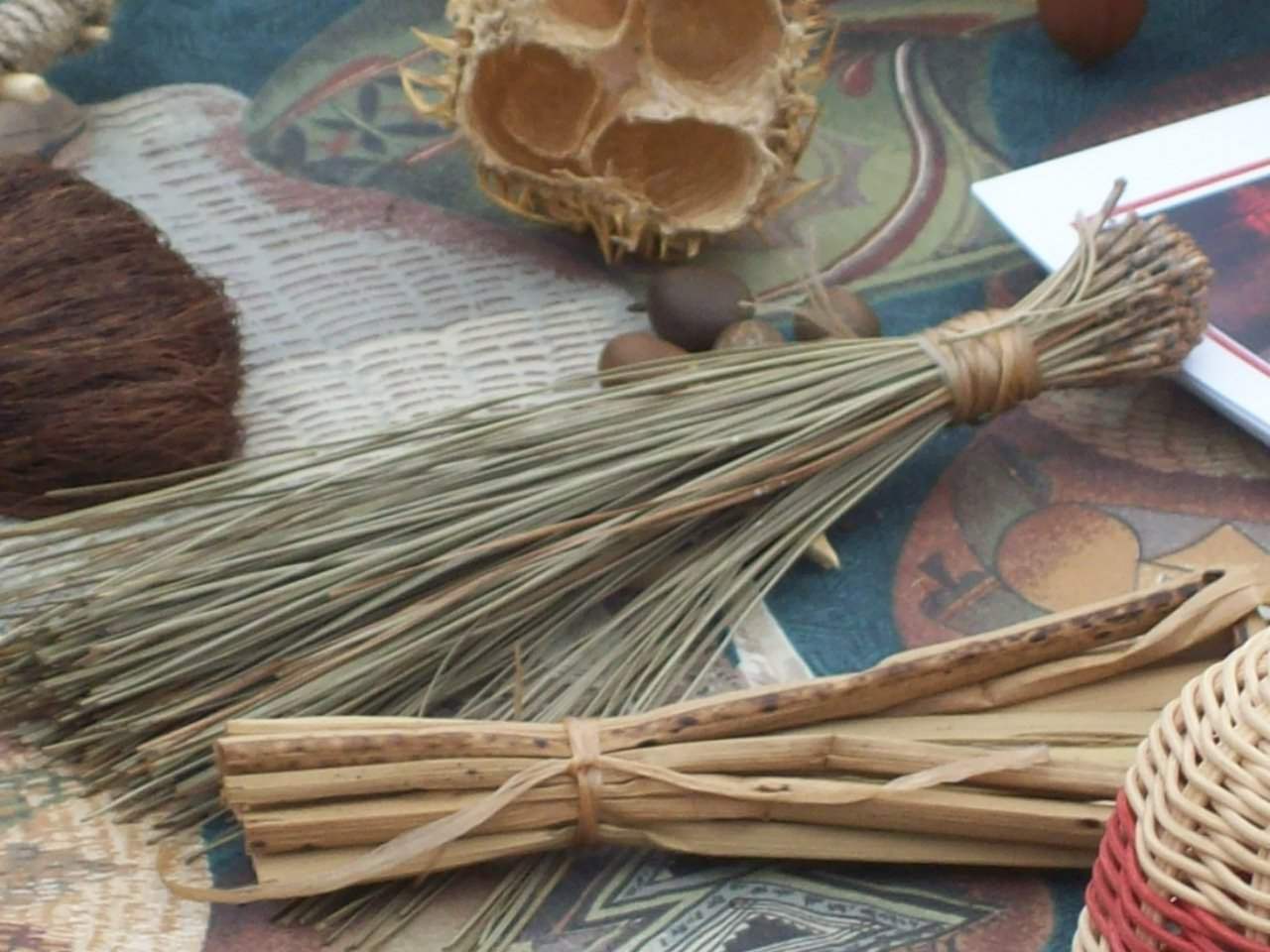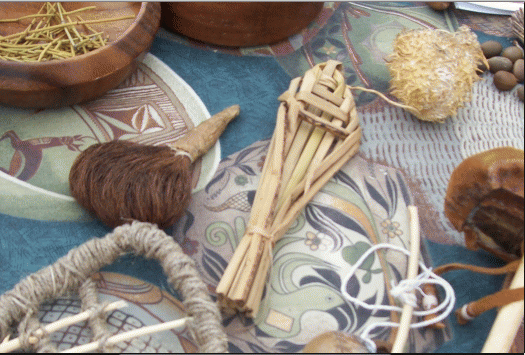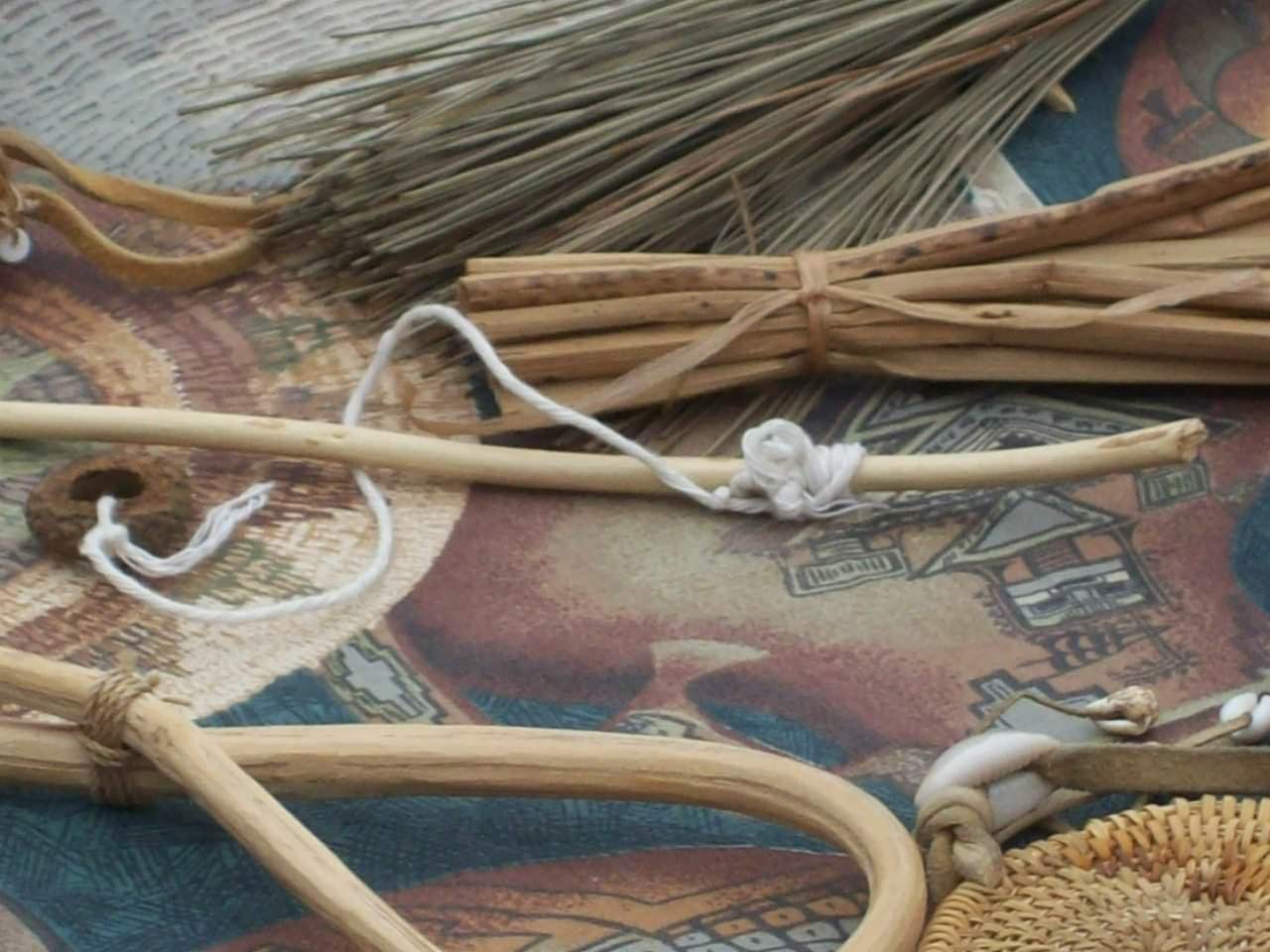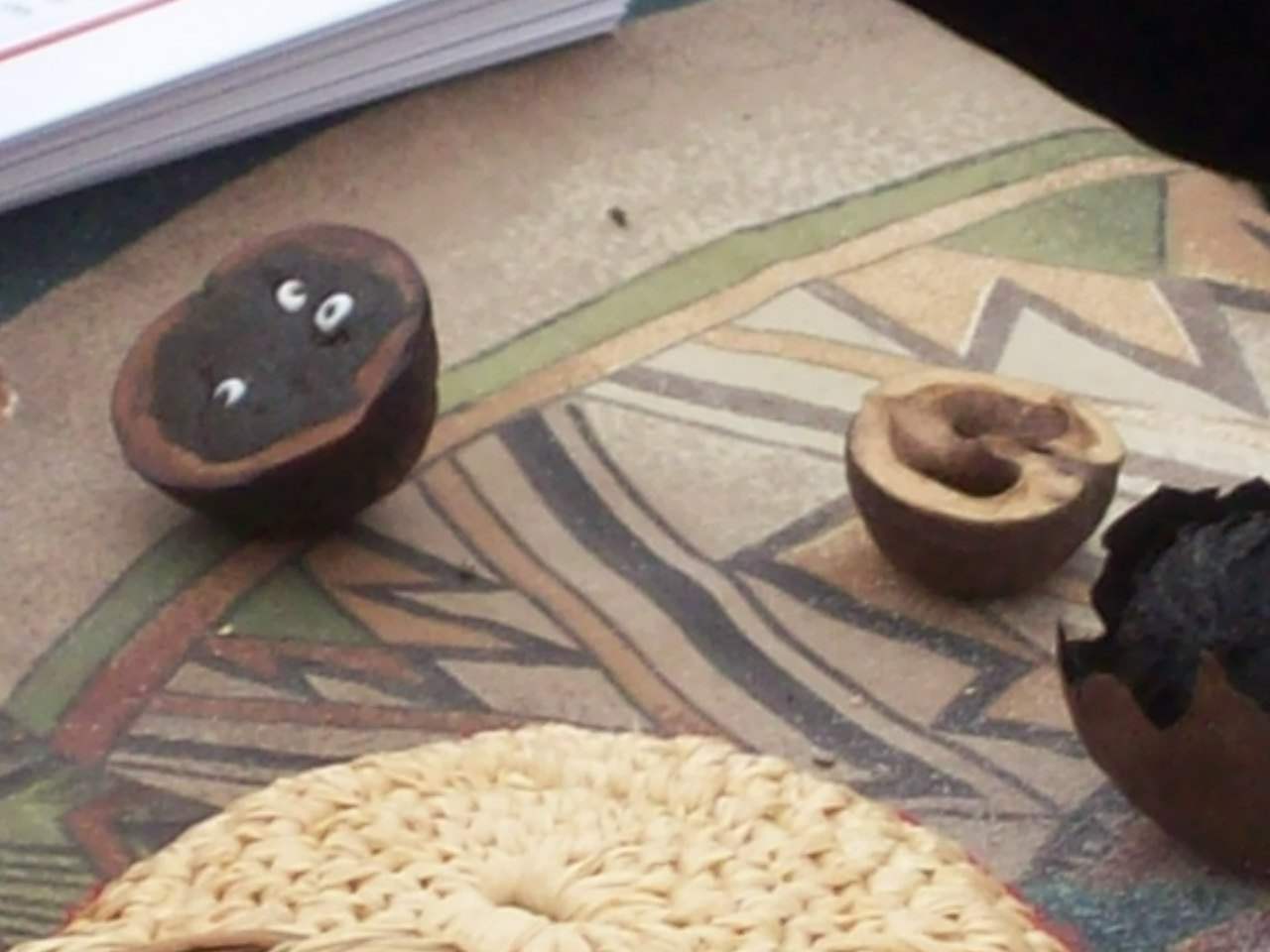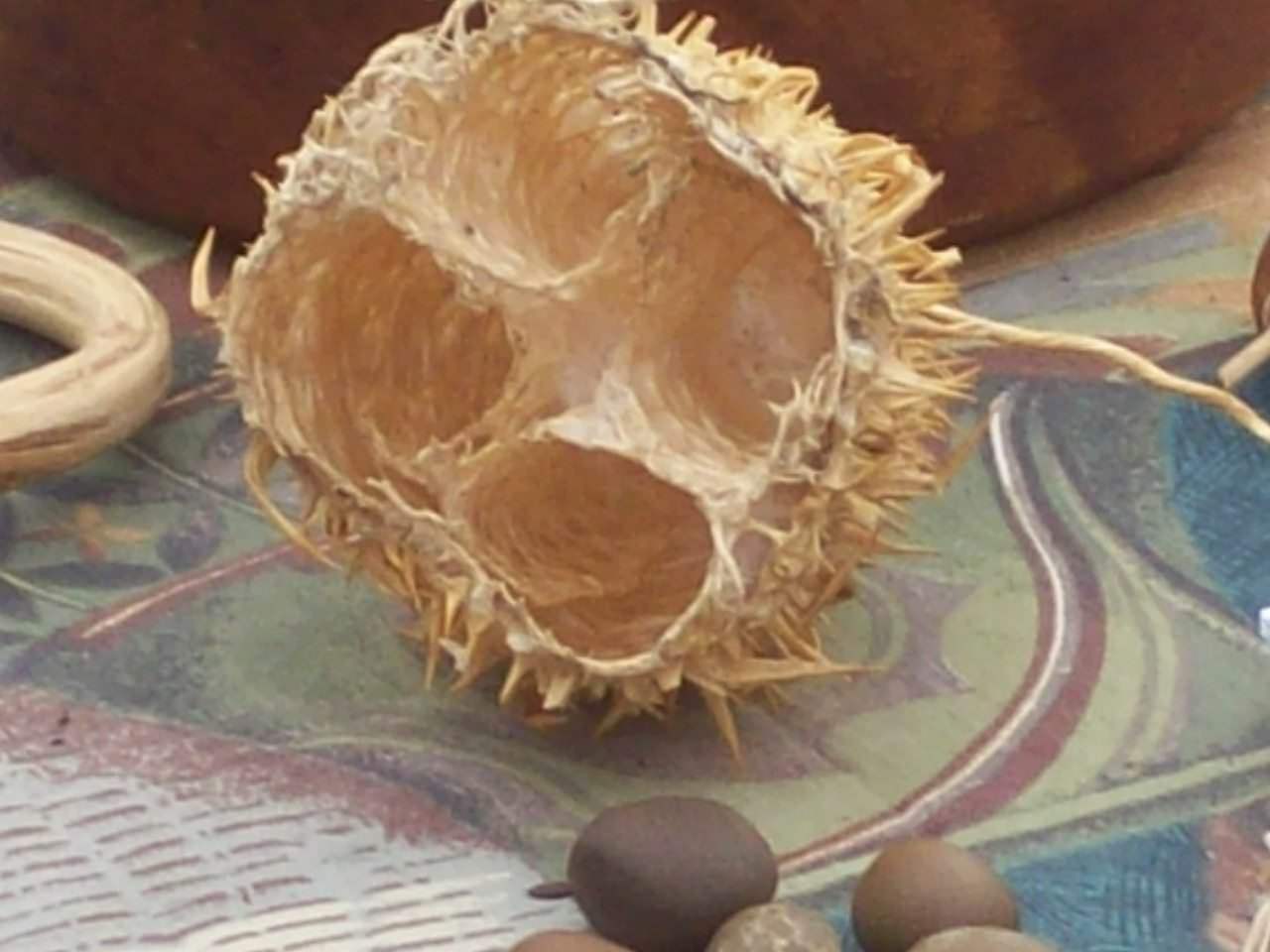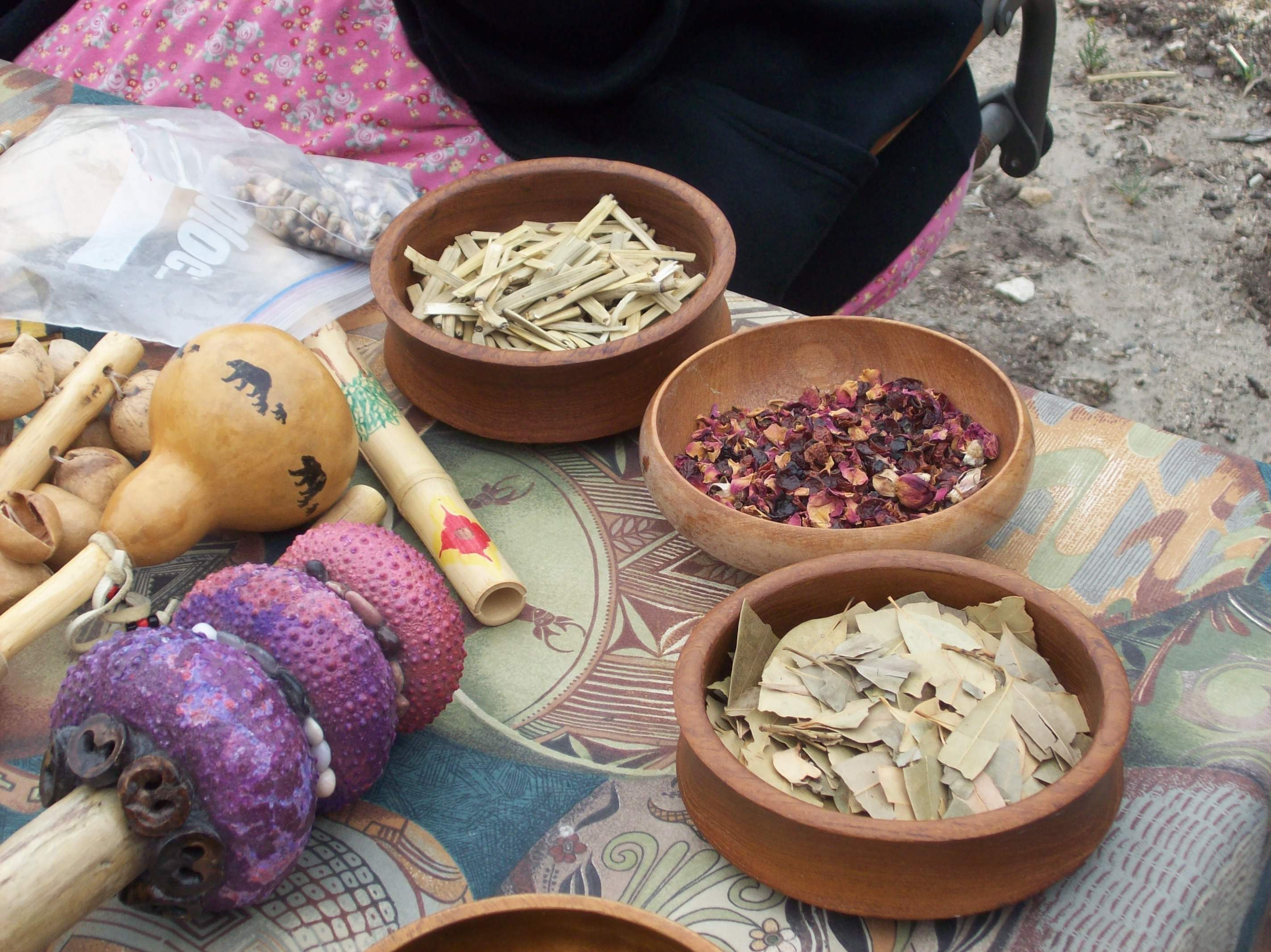| About Us | Contact Us | Calendar | Publish | RSS |
|---|
|
Features • latest news • best of news • syndication • commentary Feature Categories IMC Network:
Original Citieswww.indymedia.org africa: ambazonia canarias estrecho / madiaq kenya nigeria south africa canada: hamilton london, ontario maritimes montreal ontario ottawa quebec thunder bay vancouver victoria windsor winnipeg east asia: burma jakarta japan korea manila qc europe: abruzzo alacant andorra antwerpen armenia athens austria barcelona belarus belgium belgrade bristol brussels bulgaria calabria croatia cyprus emilia-romagna estrecho / madiaq euskal herria galiza germany grenoble hungary ireland istanbul italy la plana liege liguria lille linksunten lombardia london madrid malta marseille nantes napoli netherlands nice northern england norway oost-vlaanderen paris/Île-de-france patras piemonte poland portugal roma romania russia saint-petersburg scotland sverige switzerland thessaloniki torun toscana toulouse ukraine united kingdom valencia latin america: argentina bolivia chiapas chile chile sur cmi brasil colombia ecuador mexico peru puerto rico qollasuyu rosario santiago tijuana uruguay valparaiso venezuela venezuela oceania: adelaide aotearoa brisbane burma darwin jakarta manila melbourne perth qc sydney south asia: india mumbai united states: arizona arkansas asheville atlanta austin baltimore big muddy binghamton boston buffalo charlottesville chicago cleveland colorado columbus dc hawaii houston hudson mohawk kansas city la madison maine miami michigan milwaukee minneapolis/st. paul new hampshire new jersey new mexico new orleans north carolina north texas nyc oklahoma philadelphia pittsburgh portland richmond rochester rogue valley saint louis san diego san francisco san francisco bay area santa barbara santa cruz, ca sarasota seattle tampa bay tennessee urbana-champaign vermont western mass worcester west asia: armenia beirut israel palestine process: fbi/legal updates mailing lists process & imc docs tech volunteer projects: print radio satellite tv video regions: oceania united states topics: biotechSurviving Citieswww.indymedia.org africa: canada: quebec east asia: japan europe: athens barcelona belgium bristol brussels cyprus germany grenoble ireland istanbul lille linksunten nantes netherlands norway portugal united kingdom latin america: argentina cmi brasil rosario oceania: aotearoa united states: austin big muddy binghamton boston chicago columbus la michigan nyc portland rochester saint louis san diego san francisco bay area santa cruz, ca tennessee urbana-champaign worcester west asia: palestine process: fbi/legal updates process & imc docs projects: radio satellite tv |
printable version
- js reader version
- view hidden posts
- tags and related articles
Report Back: 4th Annual Hahamongna Walkaboutby R. Plesset Sunday, Apr. 13, 2014 at 2:33 PMThe past, present, and (uncertain) future of Hahamongna, site of an ancient village and home of diverse flora and fauna.
Pictured above: the site of the village Hahamongna (meaning “flowing water, fruitful valley”) with JPL (Jet Propulsion Laboratory) behind.
Hahamongna is a Native American village site at what's now the base of JPL (Jet Propulsion Laboratory) and currently threatened by an overly-elaborate plan to renovate Devil's Gate Dam. This plan involves defoliating the area. Alternative plans would spare the ecosystem; however, the more grandiose one seems to be favored because more money is involved. The Arroyo Seco Foundation conducts regular tours, not only of Hahamongna Watershed Park (known for many years as Elk Grove Park) but the surrounding areas, identifying the many uses of local native plants. On March 22 was the 4th annual Hahamongna Walkabout (and Bikeabout). Participants got to eat pancakes made from local acorns and sample chia seeds and elderberries. At day's end, participants could carry buckets of sediment down to an unpaved portion of the Arroyo river and deposit them in the water. Passage of sediment to the coast—where it's beneficial to the ecosystem—is blocked by the dam. Hahamongna means “flowing waters, fruitful valley.” Several pictures follow this article. Others can be seen here. “The whole Arroyo Seco down to the confluence of the L.A. River was like a highway for Native Americans,” said Michele Zack, whose book, Southern California Story: Seeking the Better Life in Sierra Madre, is among the few local histories that devotes more than a few sentences or paragraphs to the area's original inhabitants. “Yangna was the village that was right by the confluence. Up here there was a tribelet, chief, Hahamongvic, who met with Portola who was the first of the first of the Spaniards who came through this way. He was up sent here to establish where the mission should be.” Julia Bogany, Tongva/Gabrielino Also speaking was Tongva/Gabrielino Julia Bogany who discussed many natural resources and their uses. “The acorns were our flour, so we used them for all our baking goods,” she said. “And we used the tops to make our top-things [indicating a children's toy]. So everything was put to use. “We call the elderberry our tree of music because we make our instruments from it, but those are the berries, so we made our cobblers and the first Fruit Roll-Ups.” “. . . The black walnut we used for our dye: hair dye, dyeing our baskets. And then we ate the inside and made dice with them.” She also mentioned rose hips, which she described as the only source of vitamin D in the basin. She continued. “Chia, of course, is also a big trade for us because, I always tell the kids: 'Our hunters couldn't go hunting with a peanut butter sandwich or stop at 7-11. You just put a little, tiny bit [of chia] on the tip of your tongue. It has no flavor, it's just an energizer. Today you put it on salads, oatmeal, [inaudible] … I like it in lemonade.“ “. . . We didn't take the flower off the chia bush--we would just tap it into the basket, so the bush would continue to look beautiful.” “. . . Our original gourdes would've been made out of the coyote gourde. They used to grow wildly like watermelons, but they're real thin after they're dry--they're heavy when you get them, but they become thin.” From the yucca, natives made ropes and paint brushes. She also mentioned Tu Tea (aka: Mormon Tea). “We would make tea for the young boys before they went into the missions, so that [laughs] they would kind of be in a trance [laughter].” More Humane Fishing? Stunning Instead of Hooking “The wild cucumber is pretty prickly,” she continued. “but we would grind it up and put it on the water, so fish would kind of fall in the net. It made their glans swell, and they would just fall in the net, but it wouldn't hurt the fish. In was an easy way to fish [laughs]. “The man seed comes from it. When it first comes out of the wild cucumber it's kind of green or light brown. It's soft, but then it turns hard, so then we make marbles out of them.” She also showed us two items made from pine needles, a basket and hair brush. Also discussed was soapstone, which she said “was really the biggest item we had from Catalina [Tongva name: Pimu or Pimungna].” The stones were heated for use in cooking. Tim Martinez of the Arroyo Seco Foundation Tim Martinez, who has said he can survive off the local land, also discussed native plants. “I want to teach you guys how you can use white sage today in your everyday life. What people did here in California for thousands of years, and what I do (not every day but for sure every week when I go to school and stuff) is you can take a leaf of white sage, up to like a gallon of water, and you put it in your water—[with] just the leaf dried or just picked—and you just let it soak in there for like two minutes--and the water gets kind of a sage taste. And you just keep that in your water. This is what you drink every day. It's really good for boosting your immunity; it'll stop you from getting sick; they say it makes you calm, rational, help you make it through the day; it's really good for your central nervous system, . When you do actually get sick, you can actually make a tea from it. “White sage was also smudged, so people would pray with white sage. They would ignite maybe one leaf, and you would use it like a feather, and you would purify. Just like if you go to church, if the purify with holy water or when I went to a Buddhist temple, we washed our hands with a towel. It's just a symbolic thing before you do something important. I recommend that you grow that in your yard.” White sage is also helpful for poison oak rashes. “What you do is make a tea,” Martinez continued, “and you just put that tea, that warm water, on the rash. I have a pretty good immunity to poison oak rash, but months ago I got it, I got just a little bit on my arm. I thought, 'Hey, what a great chance to try this out.' I felt immediate relief-- the next day it had noticeably dried, and within a few days it was gone. It truly works, it's the best thing you can do, and I recommend you plant that in your yard.” Uses for Poison Oak (Martinez discussed poison oak at another event on January 18 called Hike to Hahamongna. “Poison oak is a native plant. It has berries which provide deer and other wildlife [including birds] with food, so it's an important habitat plant. The native people would even use this as medicine. You can use the sap out of the vines, and you can apply that to warts and ringworms. Poison oak belongs. Native people, at around this time of year [early winter], [would] take those young leaves and eat a few of them. [T]hat way it would grant them immunity. I don't recommend it, but you can try it. Don't blame me—it's all on you. It is a medicinal plant, it belongs, and it's a good habitat plant.”) Recommended Reading He highly recommended two books: Healing with Medicinal Plants of the West by Celia Garcia and James Adams and Survival Skills of Native California by Paul Campbell. “[I]f you guys want to learn how to have [traditional] survival skills here in California, how you can live off the prickly pear when you don't have water, [and] stuff like that, this book pretty much has it all,” he added. “These two books are like my bibles.” He noted similarities between the healing practices of local tribes and those of the Chumash. Most California Indians trained at the same place, at what's now Cuddy Valley, close to Mount Pinos in Kern County. Visitors were offered “pancakes” made from coast live oak acorn. When asked about the kind of sugar used, Martinez replied “honeydew secreted from aphids onto a native grass, giant wild rye grass.” He added that tobacco was used to suppress appetite during the winter when food was scarce. Indigenous Vegetarians During his presentation, Martinez also mentioned a tribe in Mexico, the Tarahumara (native name: Raramuri), that's traditionally vegetarian and remains so. “They do eat some meat, but it's mostly what they farm: corn, beans, squash, stuff like that, and local herbs and plants,” he said. “Nowadays they have cows and stuff, but most don't, they live in mountains and canyons—canyons that are deeper than the Grand Canyon. So what they do now is maybe once a year if someone has a wedding or something, they'll kill a cow and have tacos. It's much less.“ He added that for them, meat is “more like a seasoning. That's how a lot of people did it. Most Native Americans were actually vegetarian mostly. The whole buffalo culture came with horses, and horses came after the 1521 conquest of Mexico. . . . [A]t the same time, you had colonists on the West Coast pushing people westward. So you had the influx of horses and refugees, and that created for 100 or 200 years of intensive hunting buffaloes. The people living there used to live in these earthen domed houses , and they farmers. And the ones who were farmers actually did much better.” This author mentioned rabbit and bird traps as well as fishing by people here in California. He replied: “People here in California ate meat, don't get me wrong. That's where the rabbit skins come from. . . . . But there was so much diversity of plants. The acorn, the chia seed, the buckwheat [were staples]. So [meat] was supplemental. The anchor of traditional diets is grains, like corn here in the Americas, or rice in Asia, or wheats in the middle east like pita." Discussion returned to the subject of runners. “But the people here in California--the Chumash, the Tongva, all the people in the area—they had runners, too, and they would eat the chia. That's like it's a runner's super food. I'm a runner, so I can attest to it. “The messengers would have maybe a woven bottle or something, and theywould have that chia seed as like a drink. It would become gelatinous in water, and they would drink that. It gives you crazy endurance. . . . And they would run like 30-50 miles in between villages relaying messages and stuff. “A lot of [the runners] here in California were celibate, they followed a special diet, they had esoteric running practices. They had certain breathing practices, I heard they would sing to the land as they ran, and it would get to a point where they would be in such a trance as they ran that it kind of made no difference whether it was them moving across the land or the land moving below them. They got into these deep trances. It was beyond runner's high.” Devil's Gate Dam As mentioned earlier, the area is threatened by a proposed massive clean-up of sediment in Devil's Gate Dam. (The sediment hasn't been removed in quite a few decades.) The scale of the plan entails clearing out vast amounts of flora (which in turn would drive out fauna). “We're taking a stance that you can work in a much closer area to the dam and do it in a sustainable way—like clean[ing] that area every instead of leaving it alone for decades, letting it all pile up, and do one huge dig,” Martinez continued. “People can stay safe, and we can also preserve this habitat.” Those interested in a more sustainable approach to cleaning Devil's Gate Dam are encouraged to contact their city council members if residents of Pasadena or Supervisor Michael D. Antonovich if residence of Los Angeles County. Below is a video of Martinez from the Walkabout of 2012. He discusses local plants and uses not mentioned in this article. (At that time, the area was also threatened by a proposed soccer field.)
Report this post as:
Hahamongna Watershedby R. Plesset Sunday, Apr. 13, 2014 at 2:33 PM
error
Report this post as:
Pancakes made from local acornby R. Plesset Sunday, Apr. 13, 2014 at 2:33 PM
error
Report this post as:
Baket made from pine needlesby R. Plesset Sunday, Apr. 13, 2014 at 2:33 PM
error
Report this post as:
Brush made from pine needlesby R. Plesset Sunday, Apr. 13, 2014 at 2:33 PM
error
Report this post as:
"Tule Barbie" (center)by R. Plesset Sunday, Apr. 13, 2014 at 2:33 PM
error
Report this post as:
Another toyby R. Plesset Sunday, Apr. 13, 2014 at 2:33 PM
error
Report this post as:
Dice made from walnutby R. Plesset Sunday, Apr. 13, 2014 at 2:33 PM
error
Report this post as:
Wild cucumberby R. Plesset Sunday, Apr. 13, 2014 at 2:33 PM
error
Report this post as:
Acornsby R. Plesset Sunday, Apr. 13, 2014 at 2:33 PM
error
Report this post as:
Berries, leaves, rattles, clapper, food, medicineby R. Plesset Sunday, Apr. 13, 2014 at 2:33 PM
Local indigenous people didn't use drums--they had clappers.
Report this post as:
|



